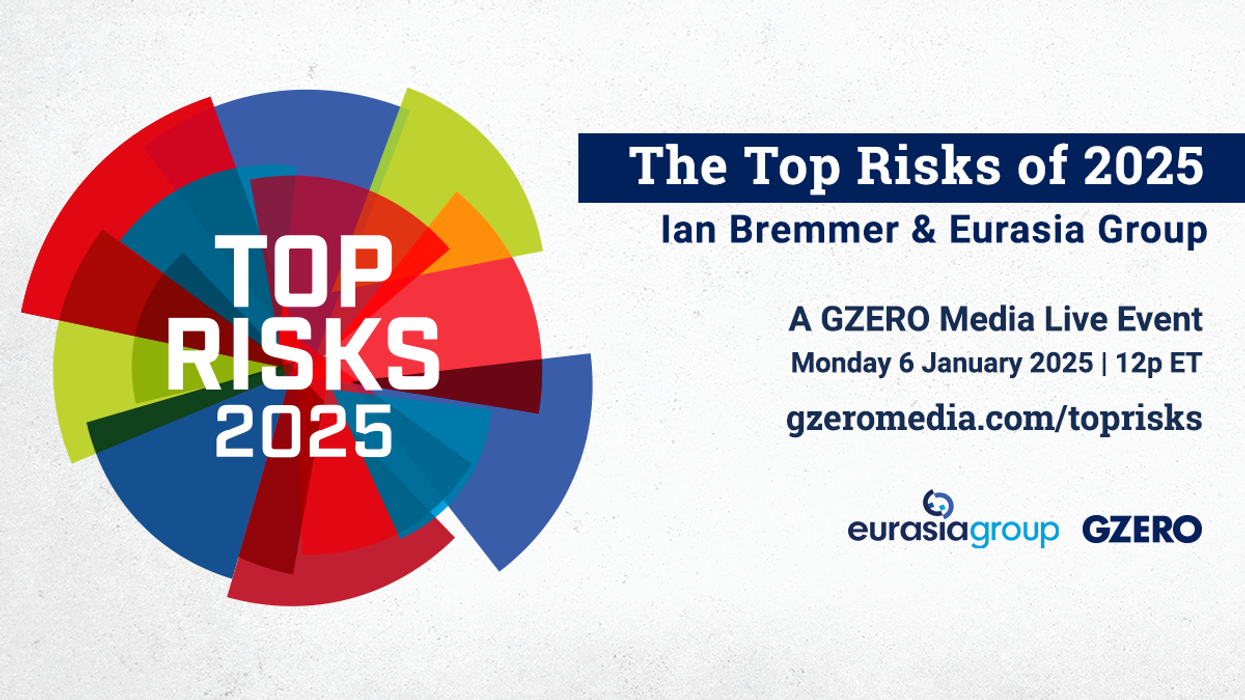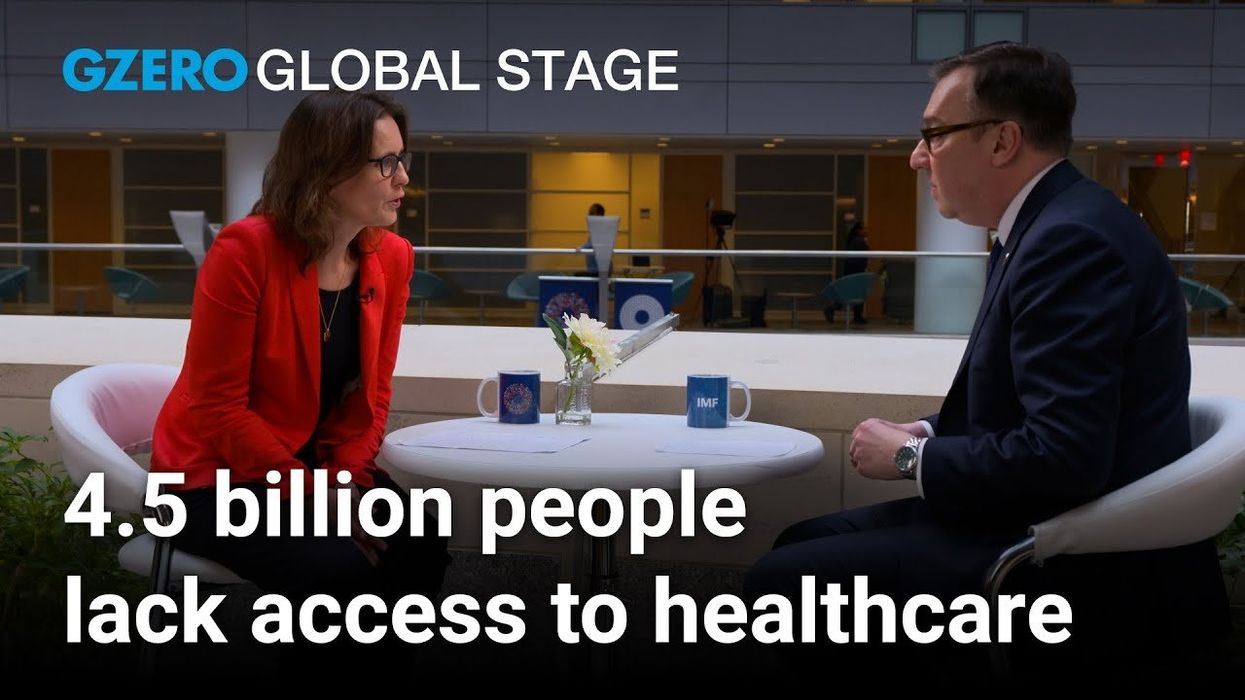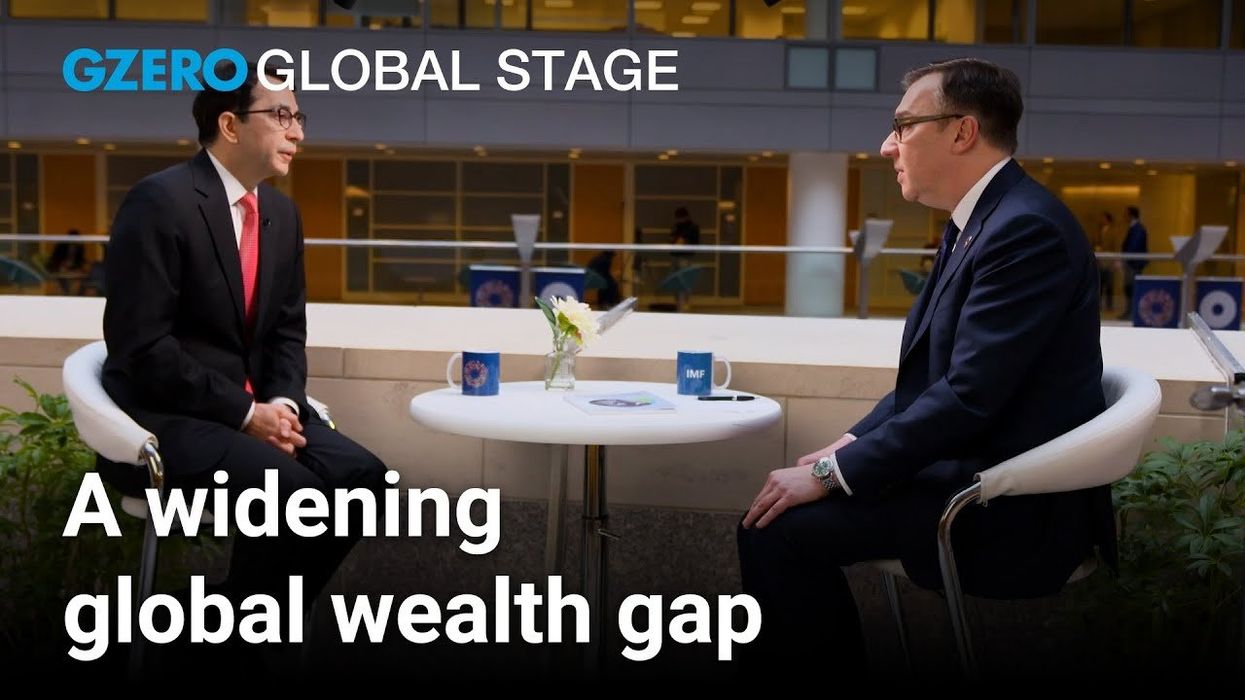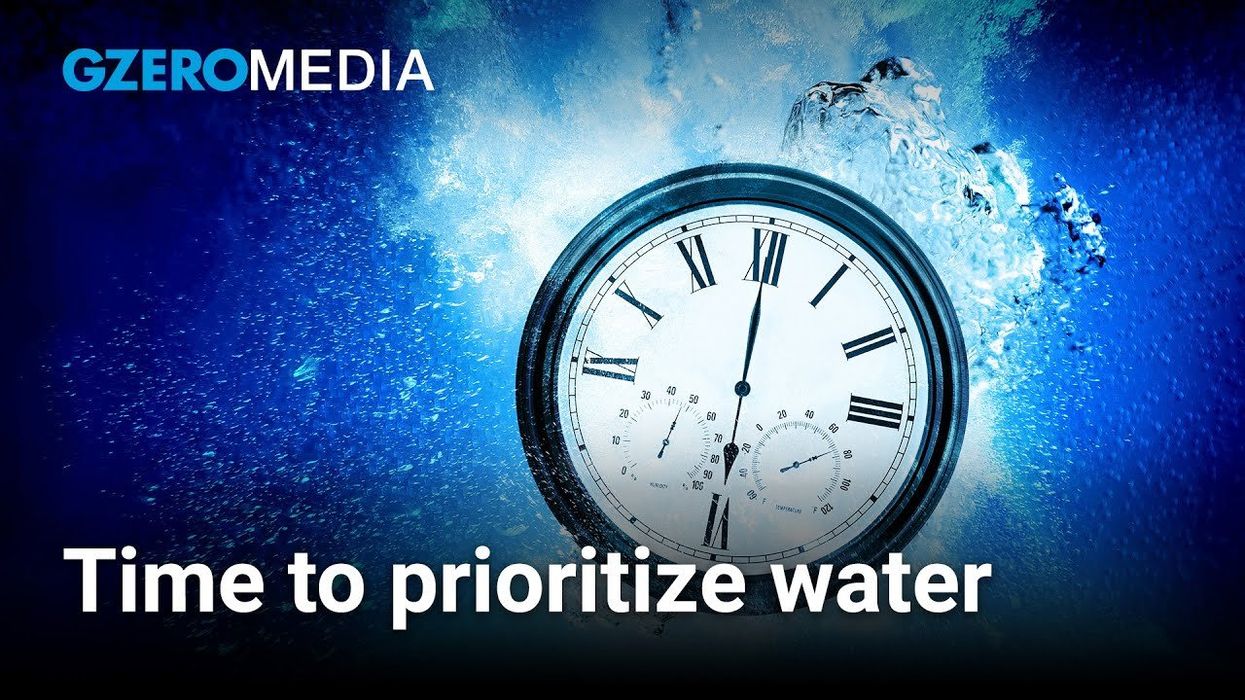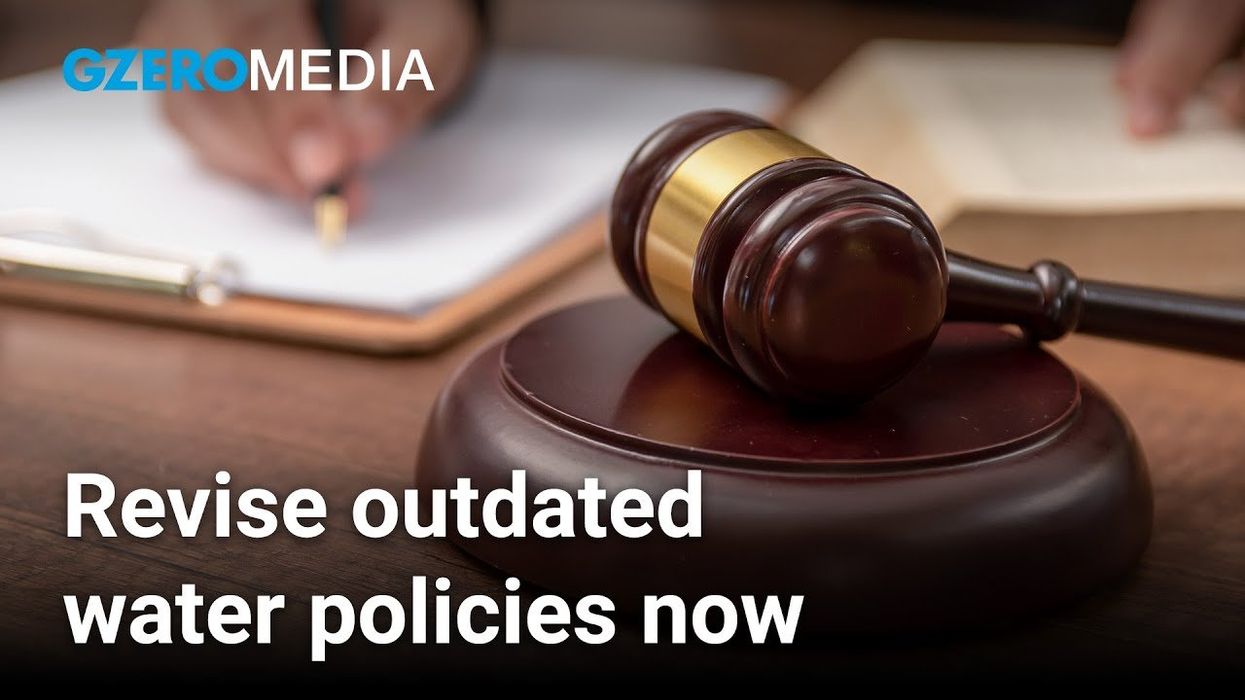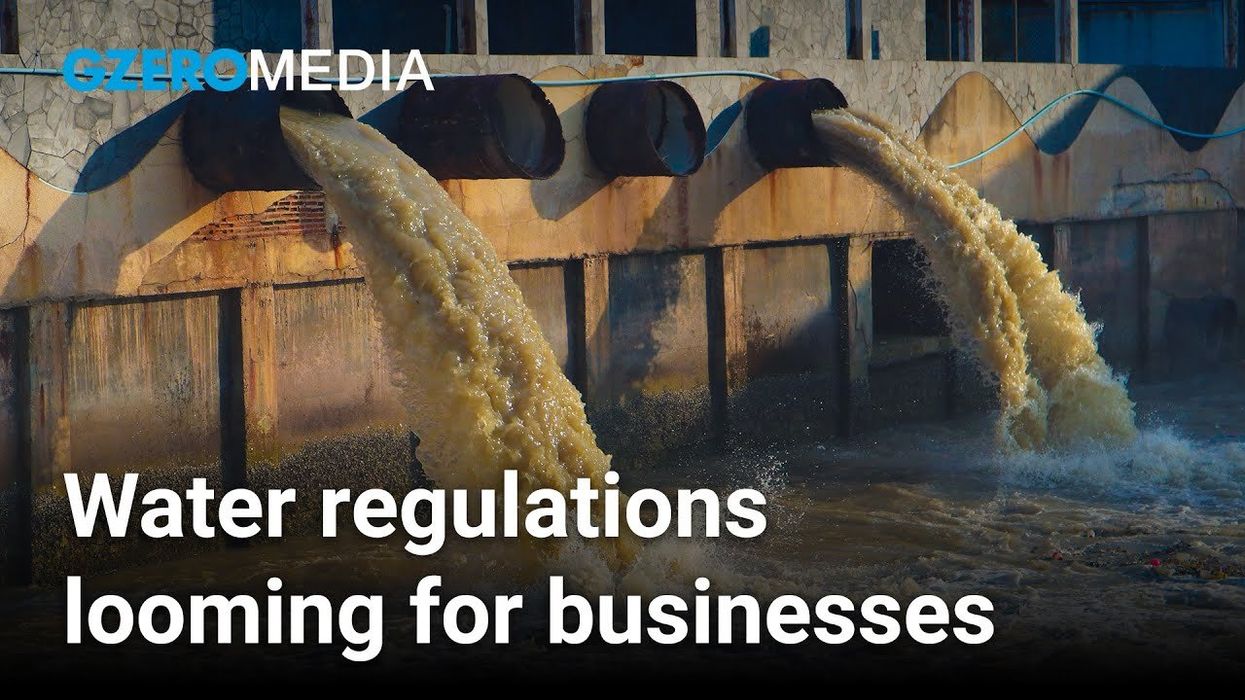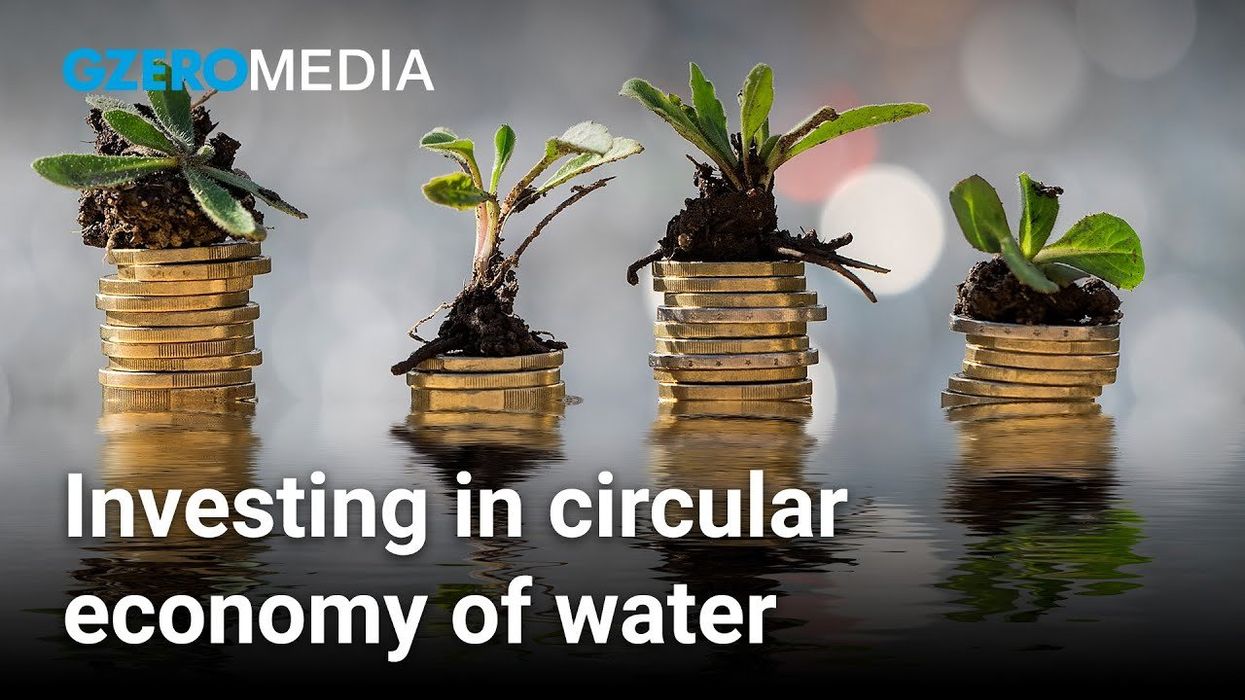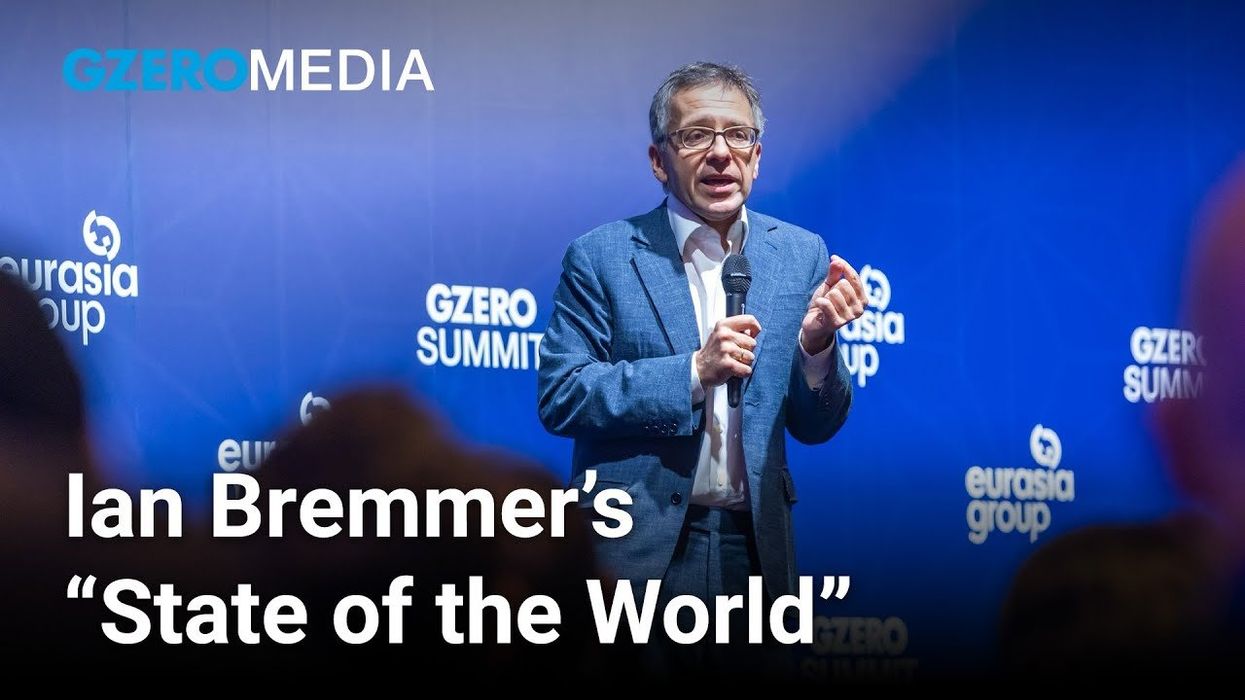Events
Watch our livestream: The Top Risks of 2025
WATCH: What's the world's #1 concern for the year ahead? Watch today's livestream with Ian Bremmer and global experts to discuss the Top Risks of 2025 report from Eurasia Group. The much-anticipated annual forecast of the ten biggest geopolitical risks to watch in 2025 has just been released this morning. Evan Solomon, GZERO Media's publisher, will moderate the conversation with Ian Bremmer, president and founder of Eurasia Group and GZERO Media; Cliff Kupchan, Eurasia Group's chairman and a leader of the firm's global macro coverage; Susan Glasser, staff writer at the New Yorker; and Jon Lieber, Eurasia Group's head of research and managing director, United States. Watch live at https://www.gzeromedia.com/toprisks
Dec 11, 2024
